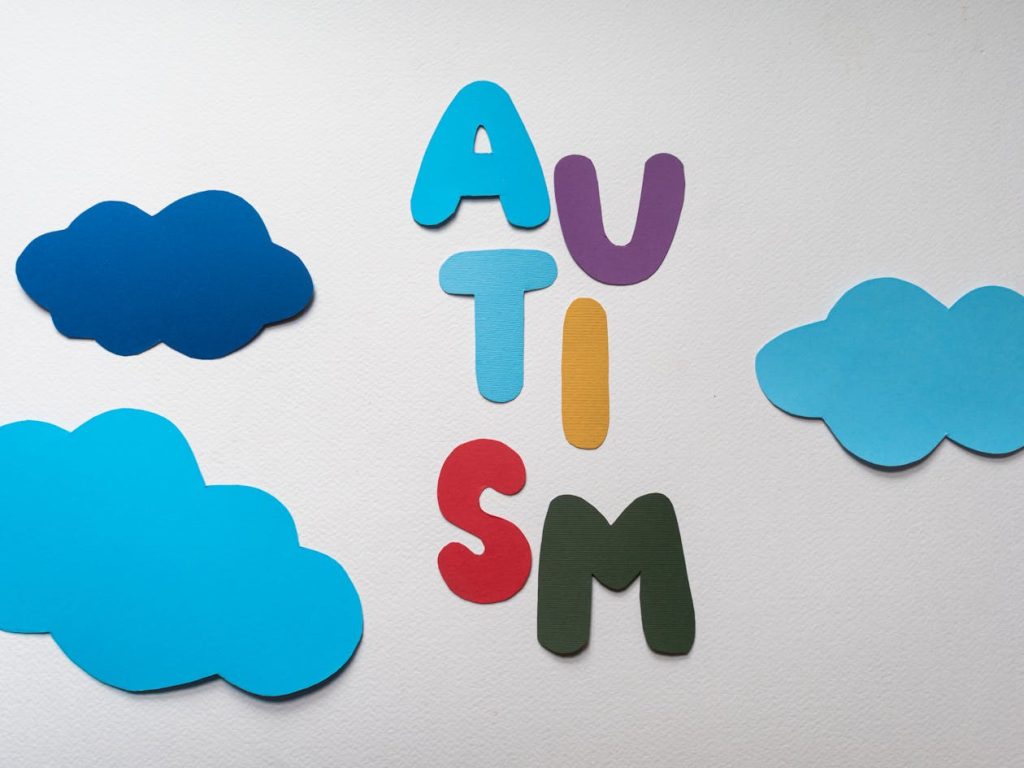Researchers Have Now Identified Four Distinct Types Of Autism
Last updated on
Autism has long been viewed as one spectrum disorder with a range of severities. But lumping everyone under this single label often leaves families confused and clinicians struggling, as it mixes people with wildly different traits, genetics, and support needs. Parents have often said this catch-all approach doesn’t truly reflect their child’s unique reality. Penn State’s new research changes the game. Scientists studied behavioral and genetic data from over 5,000 children and found evidence of four distinct autism types. This finding flips the script: autism might not be one condition but a set of different ones bundled together until now. It opens the door to sharper diagnoses, smarter family guidance, and support plans built to fit each person’s specific needs.Four Types of Autism You Need to Know
The Penn State research team used statistical analysis to examine over 230 behavioral traits in 5,392 children from the SPARK study. Their analysis revealed that the children naturally clustered into four distinct groups, each with a unique profile of traits and support needs. Here is a breakdown of the four subtypes identified in the study:-
- Group 1: Social and Behavioral Challenges (Approx. 37% of children studied): This was the largest group. These children primarily have difficulties with social skills, such as interpreting nonverbal cues, and often show repetitive behaviors. Their cognitive development is typically average, with their main challenges centered on social understanding and managing behavioral responses.
-
- Group 2: Moderate Challenges (Approx. 34% of children studied): Individuals in this group show noticeable autism traits that require support, but are often less intensive compared to other groups. They might function well in some areas while facing significant difficulty in others, particularly with emotional regulation and adapting to unexpected changes.
-
- Group 3: Mixed ASD with Developmental Delay (Approx. 18% of children studied): This group presents with classic autism traits alongside broader developmental delays. These can include late walking, delayed speech, or challenges with self-care skills. This subtype often has overlapping characteristics with other neurodevelopmental conditions.
-
- Group 4: Broadly Affected (Approx. 11% of children studied): This was the smallest group and included children with the most significant support needs. These individuals face substantial difficulties across multiple areas, including social interaction, communication, and learning. They typically require extensive, lifelong support and often have limited verbal abilities.
How Genetics Shapes the Four Autism Groups

-
- De Novo Mutations: These are spontaneous genetic changes that appear for the first time in a child and are not inherited from either parent. The study found these mutations were most common in the Broadly Affected (Group 4) children. This suggests that for this group, autism may result from a random genetic event during early development, which could explain the significant support needs and why there is often no family history of autism.
-
- Inherited Genetic Variants: These are genetic changes passed down through generations. These were more common in the Mixed ASD with Developmental Delay (Group 3) children. This pattern suggests that in these families, autism risk may accumulate through a combination of inherited genes, which helps explain why autism can run in families.
Using New Autism Insights for Your Child

-
- Observe and document with a new lens: Keep a detailed journal of your child’s specific strengths and challenges. Note their social skills, communication methods, repetitive behaviors, and any developmental delays. Try to see if their profile aligns with one of the four groups described. This detailed record is powerful information to share with doctors and therapists.
-
- Ask more specific questions: Use this research to guide conversations with your child’s care team. Instead of asking general questions, you can be more specific:
-
- “I’ve read about new research identifying different subtypes of autism. Can we discuss how my child’s specific profile of traits fits into this?”
-
- “Given that my child’s challenges are primarily in social skills (Group 1), should we prioritize therapies that target that specific area?”
-
- “Since our child has broader developmental delays (Group 3), what is the best way to integrate different types of support?”
-
- Ask more specific questions: Use this research to guide conversations with your child’s care team. Instead of asking general questions, you can be more specific:
-
- Seek more tailored support networks: When looking for parent support groups or resources, try to connect with families whose children have a similar profile to your own. Sharing experiences with those on a similar journey can provide more relevant advice and a stronger sense of community.
-
- Manage expectations for clinical changes: It is important to remember that these findings are the first step in a long research process. It will take time for the scientific community to validate these subtypes and for them to be incorporated into official diagnostic practices. For now, view this as a tool for understanding and communication, not as an official diagnosis.
How Autism Care Could Get Personal

Some of the links I post on this site are affiliate links. If you go through them to make a purchase, I will earn a small commission (at no additional cost to you). However, note that I’m recommending these products because of their quality and that I have good experience using them, not because of the commission to be made.

































 JOIN OVER
JOIN OVER
Comments